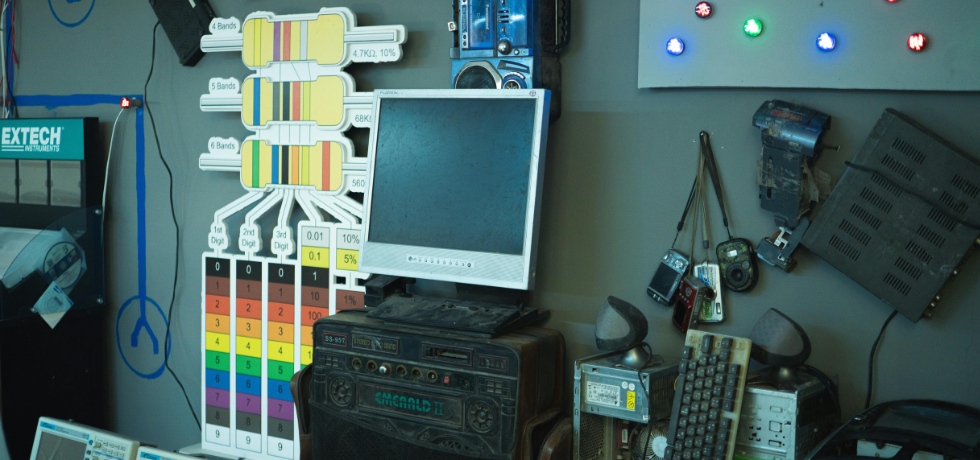Technology is evolving at lightning speed, and with every new gadget comes an old one pushed aside. By 2026, the world is generating more electronic waste than ever before, making e-waste recycling one of the most urgent sustainability challenges—and opportunities—of our time.
According to the Global E-Waste Monitor, the amount of electronic waste is expected to exceed 70 million metric tons by the end of this decade. Smartphones, laptops, batteries, and smart devices contribute to this mountain of discarded tech. But within this so-called “trash” lies hidden value: precious metals, reusable components, and materials that, if properly managed, can be turned back into the economy instead of polluting the planet.
Also Read: How to Transition to a Zero Waste Lifestyle in 30 Days
Why E-Waste Recycling Matters
Unlike plastic or paper waste, electronic waste is more complex. Devices often contain hazardous materials like lead and mercury, which can harm ecosystems and human health if disposed of improperly. At the same time, they also contain gold, silver, and rare earth elements—resources that are costly to mine but crucial for making new technologies.
This makes e-waste recycling a dual solution: it prevents harmful toxins from entering the environment and recovers valuable materials for reuse, reducing the need for new mining operations.
The Future of E-Waste Recycling in 2026
The good news is that innovation is transforming how we handle electronic waste. By 2026, e-waste recycling is being driven by several exciting trends:
- AI and Robotics in Sorting: Advanced sorting systems now use AI to separate recyclable components with greater accuracy and efficiency
- Urban Mining: Recycling facilities are treating discarded electronics as “urban mines,” extracting precious metals directly from e-waste
- Extended Producer Responsibility (EPR): Governments are increasingly mandating that manufacturers take responsibility for the end-of-life of their products, encouraging more sustainable design and take-back programs
- Consumer Awareness: More people are choosing to recycle electronics through certified channels rather than discarding them in landfills
These changes mean that e-waste recycling is no longer a niche process—it’s becoming a central pillar of the circular economy.
How Businesses and Consumers Can Act
For businesses, investing in sustainable recycling partnerships not only supports compliance with regulations but also builds a greener brand image. For consumers, choosing to recycle old gadgets through official drop-off points or manufacturer programs helps ensure that devices are properly dismantled and reused.
The message is clear: every smartphone or laptop recycled is a step toward reducing environmental damage and unlocking valuable resources for the future.
Final Thoughts
In 2026, e-waste recycling is more than a waste management strategy—it is an opportunity to turn tech trash into treasure. By combining innovation, regulation, and consumer responsibility, we can reduce environmental harm and create a more sustainable digital future.
The devices we discard today hold the raw materials for tomorrow’s technology. The choice to recycle isn’t just about managing waste—it’s about shaping a cleaner, smarter, and more sustainable world.
Tags:
RecyclingAuthor - Vaishnavi K V
Vaishnavi is an exceptionally self - motivated person with more than 4 years of expertise in producing news stories, blogs, and content marketing pieces. She uses strong language, and an accurate and flexible writing style. She is passionate about learning new subjects, has a talent for creating original material, and the ability to produce polished and appealing writing for diverse clients.
